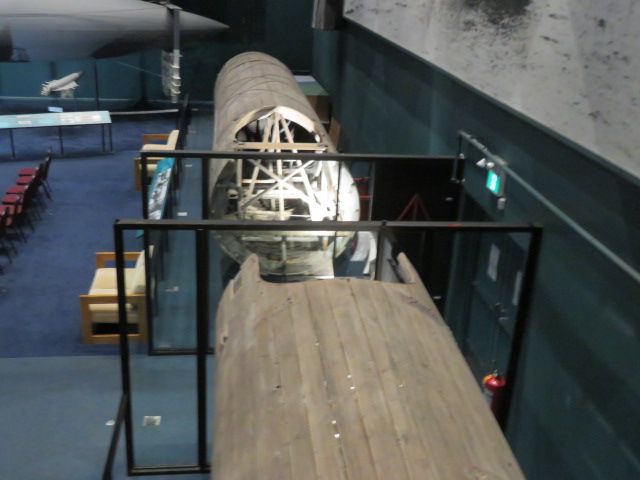September 30 2022 - North Sydney NS
We slept in, that is why we booked another night, so John could shake his cold.
The plan was to drive to Baddeck for a late lunch. But there is still no power in most places in North Sydney so no coffee. Traffic lights are also still out.
Baddeck is 45 minutes away.
Baddeck is situated in the heart of Cape Breton Island, considered to be the beginning and end of the world famous Cabot Trail as it stretches along the shores of the beautiful Bras d'Or Lake.
The Seal Island Bridge is a bridge located in Victoria County, Nova Scotia. It is the third longest bridge span in the province.
The bridge is a through arch design and crosses the Great Bras d'Or channel of Bras d'Or Lake, connecting Boularderie Centre, Boularderie Island on the south side with New Harris, Cape Breton Island on the north side.
Not only was it a telegraph office but Alexander Graham Bell stayed here in Room #1.
The Kidston Island Lighthouse is a lighthouse on Kidston Island, located in the Bras d'Or lakes, in Baddeck, The original lighthouse on Kidston Island was built in 1875. The present lighthouse was built in 1912 and the two stood side by side for some time.
We took a walk down to the water after breakfast.
The Kidston Island Lighthouse is a lighthouse on Kidston Island, located in the Bras d'Or lakes, in Baddeck, The original lighthouse on Kidston Island was built in 1875. The present lighthouse was built in 1912 and the two stood side by side for some time.
We decided to visit the Alexander Graham Bell Historic Site.
The site features artifacts donated in 1955 from the Bell family's personal museum, located in the Kite House at Beinn Bhreagh, across from the museum and a private historic house not open to the public.
Mabel's extraordinary efforts were often overshadowed by the fame of her husband, although her wisdom and companionship played a significant role in Alexander's successes. Mabel was from a prominent Boston family and had gone deaf at age five. She initially met Alexander while working with him to improve her speech, then married in 1877.
In 1885, the couple visited Cape Breton for the first time and fell in love with the island. They purchased land to build a summer home at the point of the Red Head Peninsula in Baddeck. With sweeping views of the Bras d'Or Lake, Beinn Bhreagh Hall was built as a summer home where the family would spend most of their years between 1893 and 1923.
Mabel Bell was not one to sit idly by while Alexander busied himself with experiments. She became keenly involved in the local community at Baddeck as an inspiring and tireless advocate for women's and children's education and rights. Mabel encouraged home industries and founded the first Canadian women's club, first chapter of the Canadian Home and School Parent-Teacher Federation and first Montessori school in Canada. She established the public library in Baddeck; and in 1907 she was the first woman in the world to form and manage an aviation company. That venture was the Aerial Experiment Association, which Mabel Bell headed and financed. The AEA was responsible for the flight of the Silver Dart, the first manned aircraft in Canada.
The site also features memorabilia associated with Bell's experiments, including: the original hull of a hydrofoil boat, the HD-4, that set a world marine speed record in Baddeck by reaching speeds of over 112 km/h (over 70 mph) in 1919; a full-scale replica of that boat; the AEA Silver Dart which in 1909 J.A.D. MacCurdy piloted up into the air over the ice of Baddeck Bay to become the first controlled heavier-than-air craft to be flown in the British Empire—plus many other exhibits and documents from Bell's years of research activities on the transmission of speech and sound by wire and by light, as well as his experiments with kites, planes and high speed boats.
The museum also features displays relating to Bell's work with in the field of deaf education and how it led to the invention of the telephone.
From there into Baddeck for a lunch sitting outside.




































Though I've not been there, a lot of this is familiar to me.
ReplyDelete